The Cybernetic Teammate: How AI is Reshaping Teamwork and Expertise
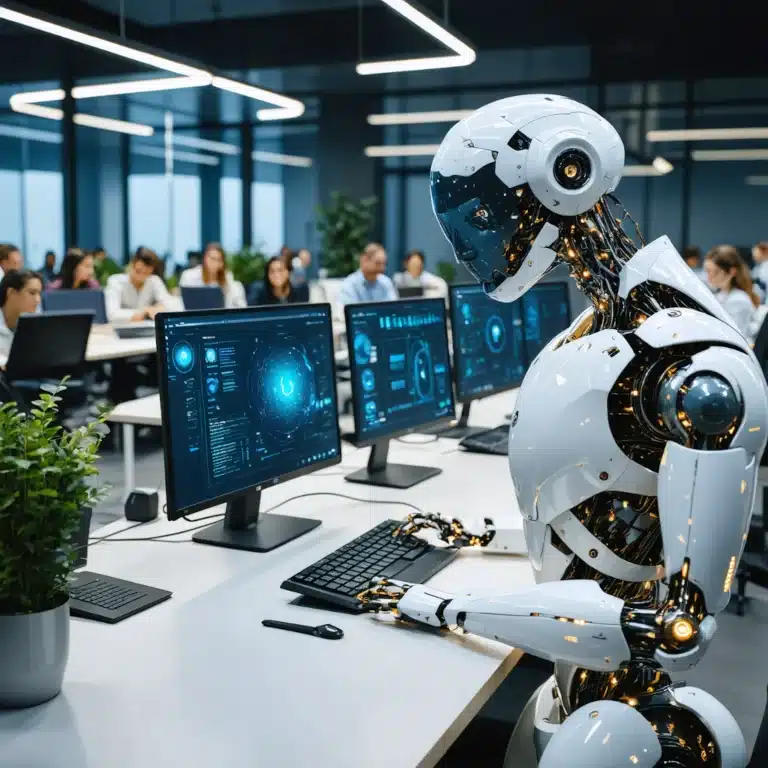
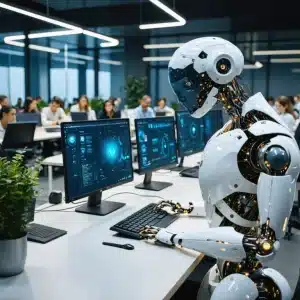
TL/DR (Too Long, Didn't Read)
A large-scale field experiment examined how AI impacts teamwork and expertise in product innovation. The bottom line: AI can effectively replicate the benefits of human collaboration, acting as a “cybernetic teammate.” solo employees using AI performed comparably to traditional teams, while AI-augmented teams showed the highest performance. AI also helped break down functional silos, allowing professionals to generate more balanced solutions regardless of their background. Surprisingly, participants reported more positive emotions when working with AI.
In today’s rapidly evolving workplace, artificial intelligence (AI) is no longer just a buzzword—it’s becoming an integral part of how we collaborate and innovate. A groundbreaking study conducted at Procter & Gamble (P&G) reveals that AI is not merely enhancing individual performance, but fundamentally reshaping the nature of teamwork itself.
The research, led by a team of scholars from Harvard Business School, ESSEC Business School, Warwick Business School, and the Wharton School, explored how AI transforms the core pillars of collaboration: performance, expertise sharing, and social engagement. Their findings suggest that AI can effectively replicate many of the benefits traditionally associated with human teamwork, acting as a “cybernetic teammate.”
The Experiment
The study involved 776 P&G professionals working on real product innovation challenges. Participants were randomly assigned to one of four conditions:
- Individuals working without AI
- Teams of two humans without AI
- Individuals working with AI
- Teams of two humans working with AI
Each team comprised one Commercial professional and one R&D professional, mirroring real-world cross-functional collaboration. The researchers focused on three key outcomes:
- Performance: Could AI help produce high-quality work at scale?
- Expertise: Would AI enable participants to transcend typical functional boundaries?
- Human sociality: How would AI affect the emotional aspects of collaboration?
Key Findings
1. AI Enhances Performance
The results were striking. Individuals working with AI produced solutions of comparable quality to two-person teams working without AI. This suggests that AI can effectively replicate certain collaborative functions, potentially standing in for human teammates in some contexts.
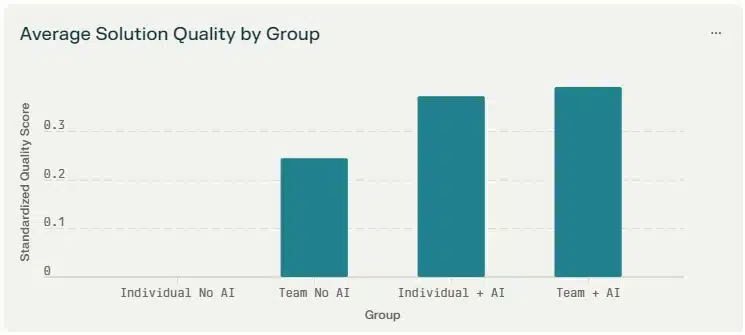
Moreover, AI-augmented work was significantly faster. Individuals using AI spent 16.4% less time on tasks compared to the control group, while teams with AI saved 12.7% of their time. Despite this increased efficiency, AI-enabled participants produced substantially longer and more comprehensive outputs.
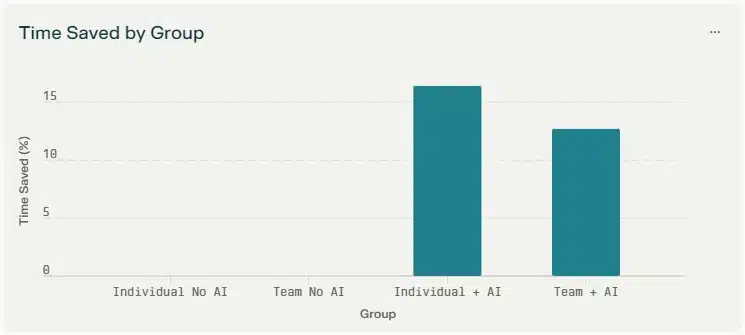
2. AI Breaks Down Functional Silos
One of the most intriguing findings was AI’s ability to broaden expertise. Without AI, R&D professionals tended to suggest more technical solutions, while Commercial professionals leaned towards commercially-oriented proposals. However, when using AI, professionals from both backgrounds produced more balanced solutions that integrated technical and commercial perspectives.
This effect was particularly pronounced for employees less familiar with new product development tasks. AI effectively helped bridge knowledge gaps, allowing these workers to perform at levels comparable to more experienced colleagues.
3. AI Enhances Emotional Experiences
Contrary to fears about AI creating negative workplace experiences, participants reported more positive emotions and fewer negative emotions when working with AI compared to working alone. This aligns with emerging evidence on the beneficial psychological effects of conversational AI, suggesting that GenAI can fulfill some of the social and motivational roles traditionally offered by human teammates.
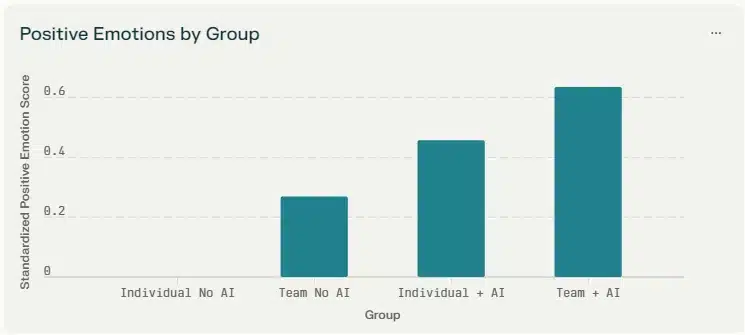
Implications for Organizations
These findings have significant implications for how organizations structure work and teams:
- Rethinking team sizes and compositions: The fact that AI-enabled individuals can perform at levels comparable to traditional teams suggests opportunities for more flexible and efficient organizational structures.
- Focusing on exceptional performance: While individuals with AI matched team performance on average, AI-augmented teams were more likely to produce top-tier solutions. This underscores the unique synergy produced by combining human collaboration with AI augmentation.
- Redesigning work processes: The increased speed and comprehensiveness of AI-enabled work suggests opportunities to reimagine deliverables and expectations.
- Investing in AI skills: Organizations should prioritize developing their workers’ AI interaction capabilities, as this appears to be an increasingly critical skill.
- Encouraging broader thinking: Given AI’s ability to break down silos, there’s value in training workers to think more holistically across functional boundaries.
The Future of Cybernetic Teams
This research challenges the notion of AI as merely an advanced tool, instead highlighting its potential as an active participant in collaborative networks. By contributing to decision-making, creativity, and even emotional responses, AI is reshaping the conditions under which teams form and function.
While questions remain about how AI will influence long-term skill development and trust, the evidence underscores a pivotal shift in knowledge work. As organizations continue to integrate AI technologies, understanding these dynamics will be crucial for organizational theory and practice.
The study’s authors conclude that adopting AI in knowledge work involves more than simply adding another tool to the workplace arsenal. By enhancing performance, bridging functional expertise, and reshaping collaboration patterns, GenAI prompts a fundamental rethinking of how organizations structure teams and individual roles.
As we move forward, the challenge for organizations will be to harness the power of AI not just for efficiency gains, but to create truly symbiotic human-AI partnerships that leverage the strengths of both. The era of the cybernetic teammate is upon us, and it’s reshaping the very nature of how we work together.
Read the Full Report on Harvard Business School Research: The Cybernetic Teammate: A Field Experiment on Generative AI Reshaping Teamwork and Expertise
Hey, Chad here: I exist to make AI accessible, efficient, and effective for small business (and teams of one). Always focused on practical AI that's easy to implement, cost-effective, and adaptable to your business challenges. Ask me about anything; I promise to get back to you.